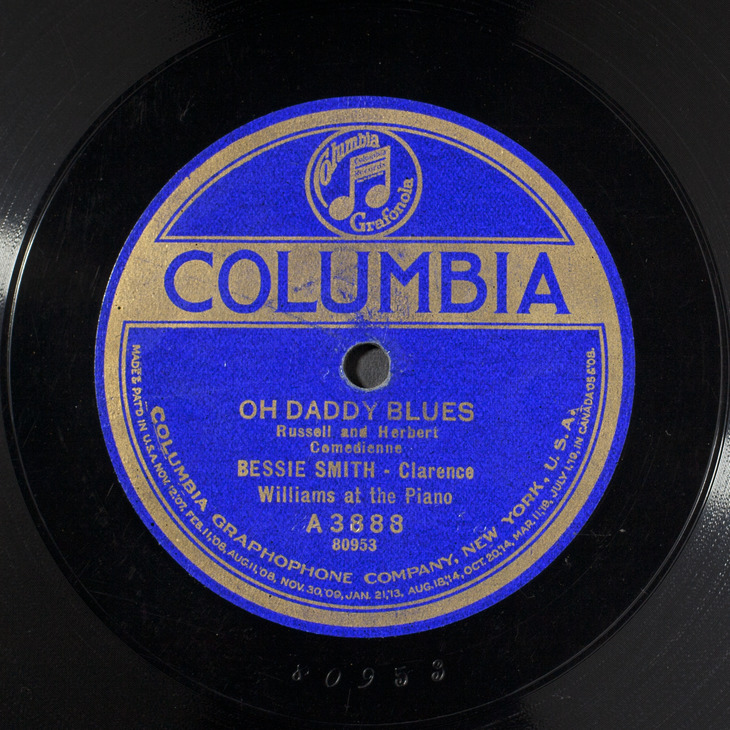Public Domain Day 2024
 Over 8,000 recordings made in 1923 enter the public domain on January 1, 2024, that are dodocumented by DAHR! This includes thousands of recordings that have already been digitized by the UCSB Library for free public access. On January 1 these recordings will be made downloadable so that the public can use them in whatever manner they choose.
Over 8,000 recordings made in 1923 enter the public domain on January 1, 2024, that are dodocumented by DAHR! This includes thousands of recordings that have already been digitized by the UCSB Library for free public access. On January 1 these recordings will be made downloadable so that the public can use them in whatever manner they choose.
Recordings entering the public domain in 2024 include important recordings from the one of the most vibrant periods in American recording history. Falling into the public domain are recordings from sessions by jazz and blues artists including Paul Whiteman, Bessie Smith, Fletcher Henderson, and King Oliver’s Jazz Band; classical recordings by Serge Rachmaninoff, John McCormack, Alfred Cortot, Willem Mengelberg and the New York Philharmonic; “ethnic” recordings by Marika Papagika, Sió Aladár, Rosita Quiroga, and Harry Kandel's Orchestra; and popular recordings by Green Brothers' Novelty Band, Al Jolson, and Vernon Dalhart. (Links above are to all recordings by these artists.)
 These recordings can all now freely be by the public for any purpose, including reissues, film soundtracks, in remixes, or scholarship beyond what fair use would have allowed. These recordings are entering the Public Domain due to a change in the law under the Music Modernization Act of 2018 which created a public domain for sound recordings for the first time.
These recordings can all now freely be by the public for any purpose, including reissues, film soundtracks, in remixes, or scholarship beyond what fair use would have allowed. These recordings are entering the Public Domain due to a change in the law under the Music Modernization Act of 2018 which created a public domain for sound recordings for the first time.
This is the second tranche of recordings that are entering the public domain under the Music Modernization Act. The first group of recordings entered the public domain on January 1, 2022 and included all sound recordings made prior to January 1, 1923.
The public domain is an important part of the copyright law of the United States as expressed in the US Constitution, which allows anyone to freely use creative works after the author’s limited monopoly expiries. Research has shown that the economic value of extremely long copyrights benefits a tiny number of rightsholders, while the benefit of the public domain drives the creation of new artistic content and fosters scholarship.
